Mince or ground meat
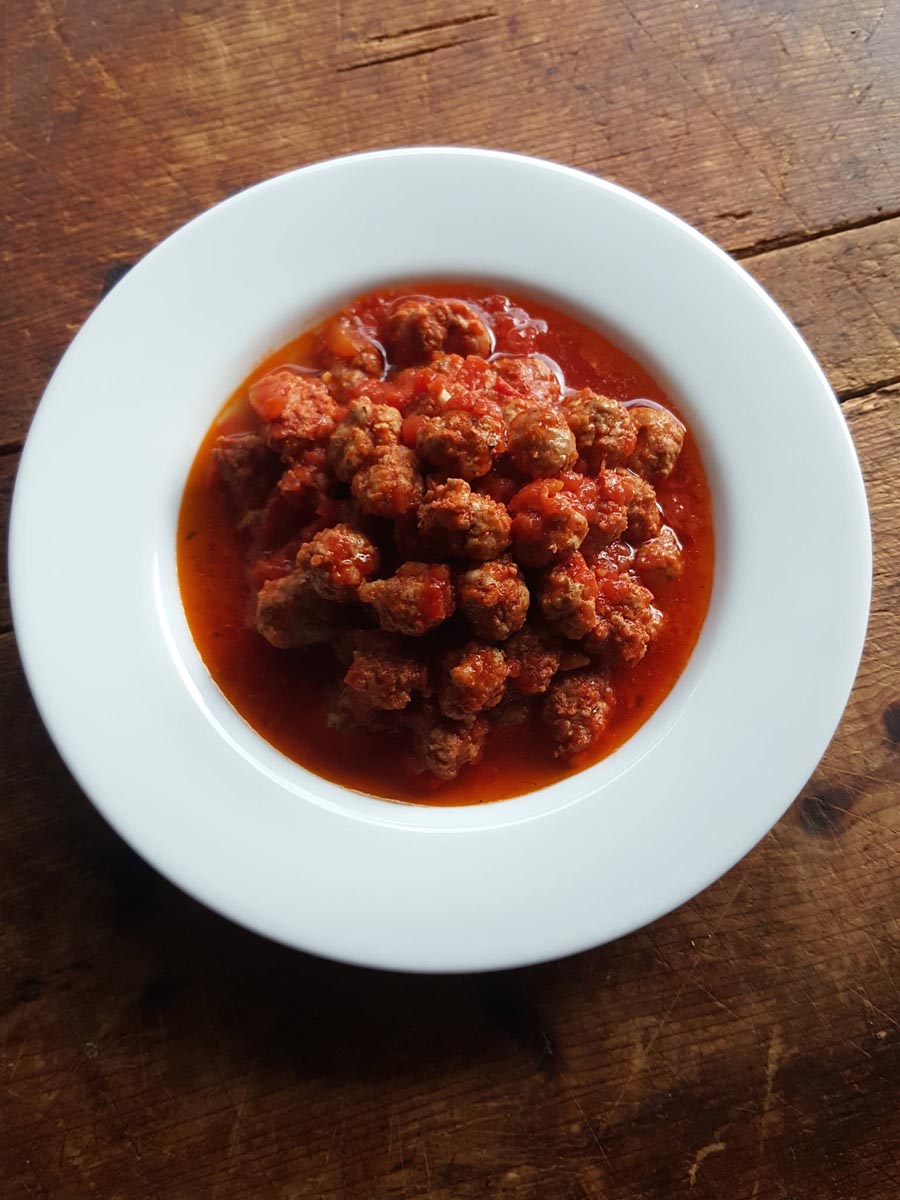
The most important point with mince is to use it fresh.

The most important point with mince is to use it fresh.
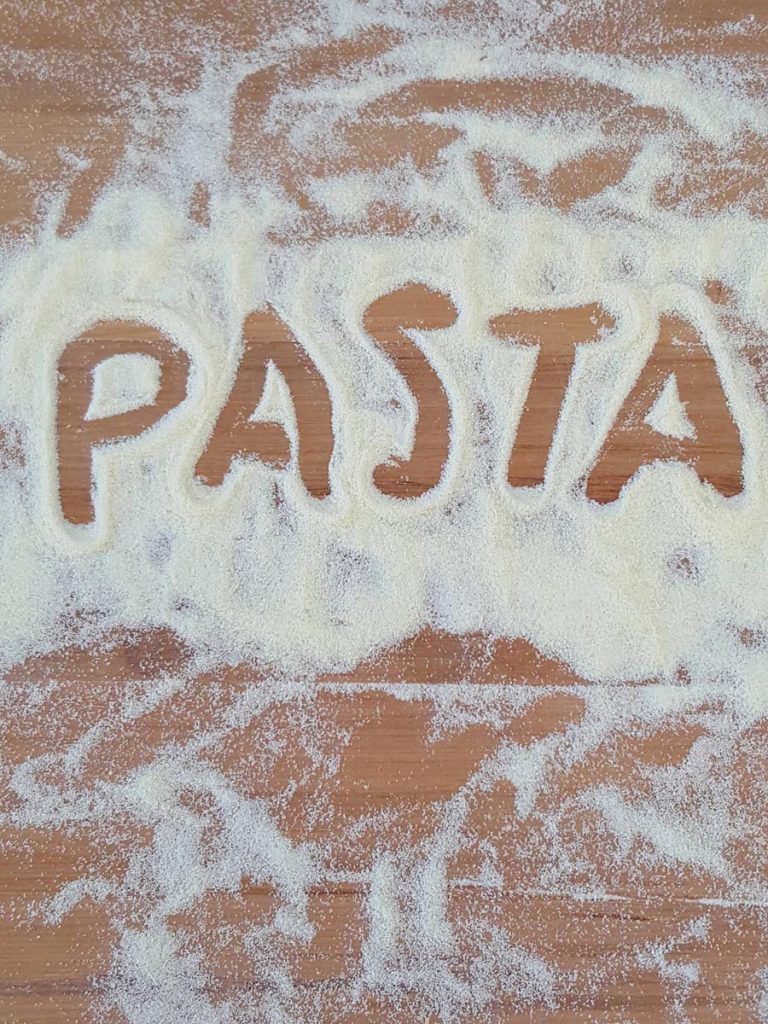
The texture of quality dried pasta is like worn suede, if you can imagine that, not smooth, not furry but somewhere in between.
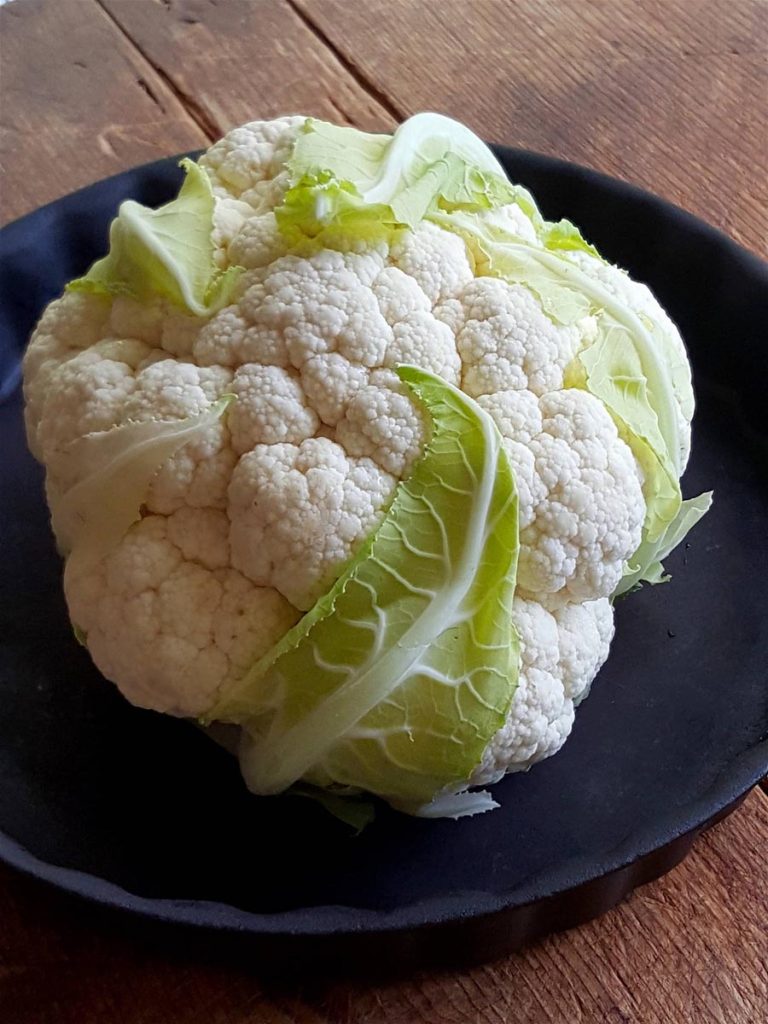
Everything you need to know about cauliflower, and then some …
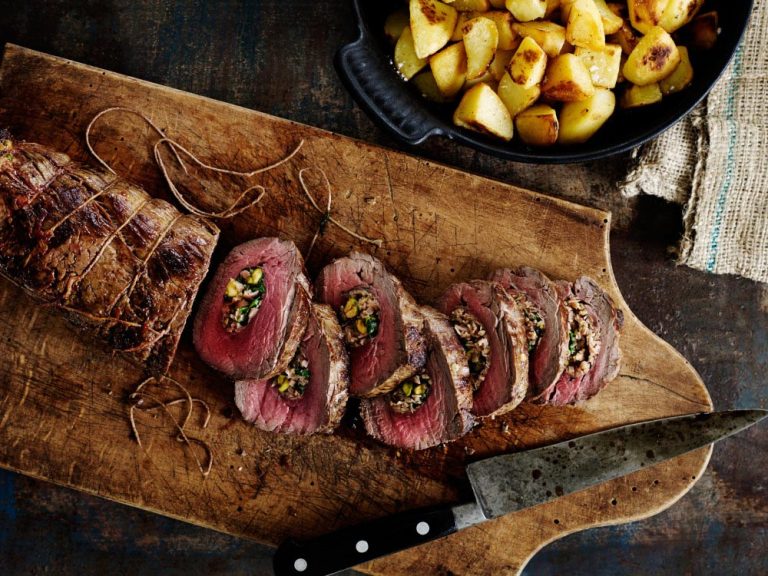
The temperature of meat will increase for up to 5 minutes after it is removed from the oven or heat source.
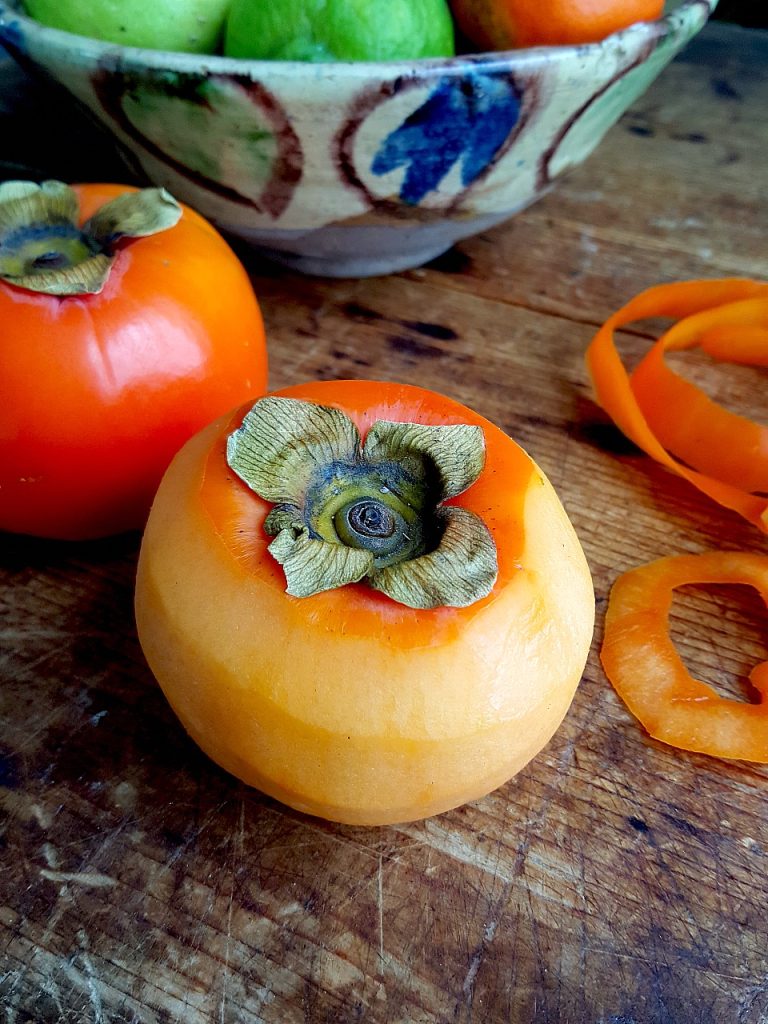
Nice to eat as a piece of fruit, but even better added to salads!
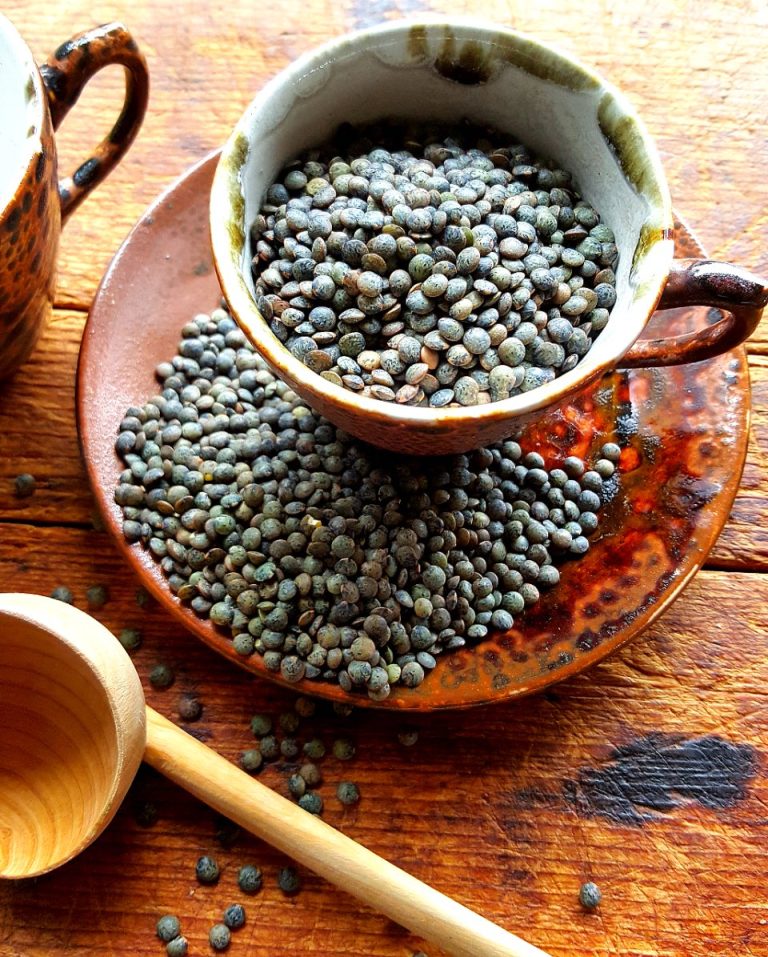
There are so many things you can do with these little babies!
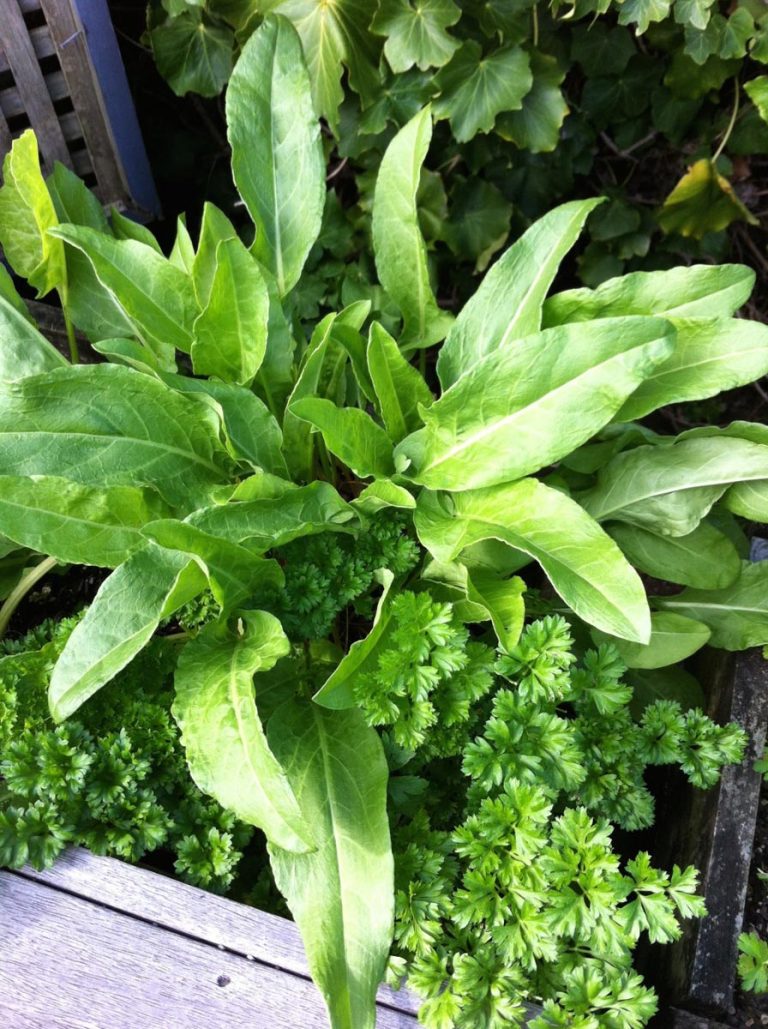
Sorrel is lemony-fresh and a few leaves added to a salad give a tart refreshing burst.
No products in the basket.
Welcome to the new Shared Kitchen experience! If you encounter any issues, please let us know. Dismiss